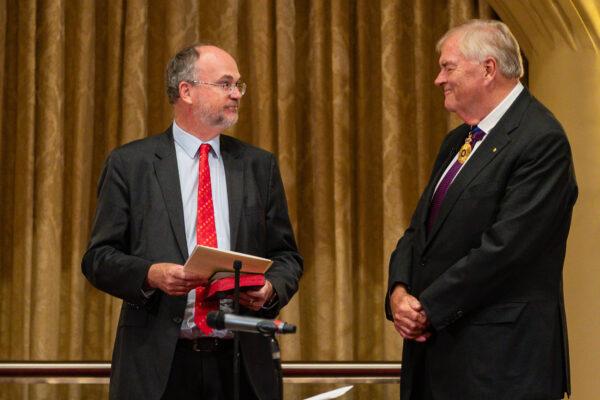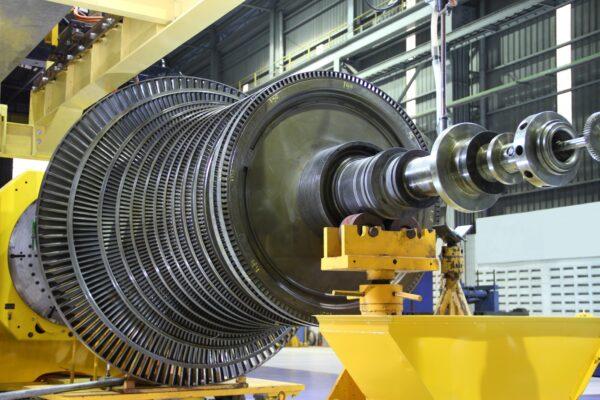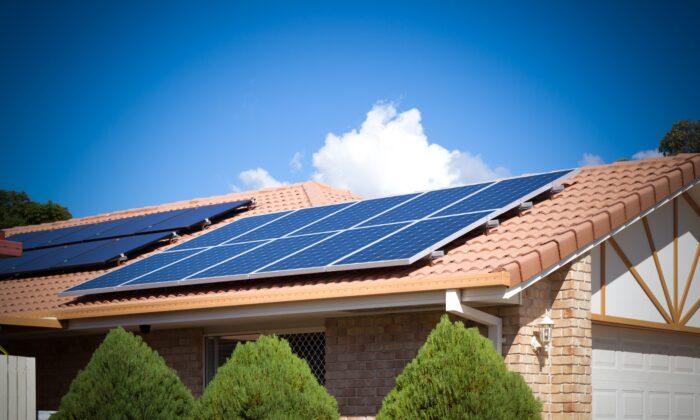Skyrocketing levels of rooftop solar for households and businesses has prompted the government of Western Australia (WA) to require future solar panels to be installed with remote shut-off capabilities.
From Feb. 14, 2022, any solar installations or upgrades will need to be equipped with the ability to be turned off when electricity demand reaches critically low levels to avoid blackouts.
WA will become the second state to adopt the mechanism, with South Australia’s vast solar rollout giving rise to the same requirement last year.

“The Energy Transformation Strategy is planning for a long-term future where rooftop solar, batteries and electric vehicles are at the centre of the WA power system.”
In particular, the state’s solar adoption has expanded to cover more than 400,000 homes and businesses—equivalent to around 30 percent of all residences—driven by the federal government’s solar rebates offering up to thousands of dollars in price cuts, depending on the capacity installed.
This total solar capacity is larger than WA’s largest coal power station and has contributed to more than one-eighth of electricity demand over the last year.
This follows advice from the Australian Energy Market Operator (AEMO) that WA had to implement the capability for the distributed solar panels, also known as distributed photovoltaics (DPV), or else risk energy volatility.
“Action must commence as soon as practically possible to implement capability for all newly installed and upgraded DPV to be managed in respect of their output on instruction from AEMO to another agency or entity.”
Why Grid Frequency and Inertia Matters
Maintaining grid frequency and inertia is one of the most important technical aspects of a functioning grid.In Australia, every home, business, and power station has alternating current (AC) at a frequency of 50 Hz (hertz) coursing through its electrical cables.
Typical coal, gas, and hydropower systems are backed by turbines that make generators spin at 50 revolutions per second—or 50 Hz. As a result, every part of the grid is inextricably linked to this frequency.

But solar, wind, and battery generators are unable to keep the grid at this level—instead, they function as a “slave” to the grid, matching the frequency they measure to that which the grid already has.
This means that if power demand cranks up, the frequency drops, but solar and wind generators cannot bring the frequency back to 50 Hz.
Furthermore, turbine-based power stations—such as coal and gas—have typically been fired up to sustain the grid’s target frequency.
But these thermal generators with large spinning turbines also carry a huge amount of “inertia”—or the tendency to keep spinning and resist change through mechanical means even if power demand grows or falls—acting as a critical buffer in keeping the frequency roughly constant.
However, with a lack of large spinning generators, solar and wind lacked inertia altogether.
The ESB had previously warned that an entire suite of reforms would be needed to ensure energy security as more renewable generation rolled out—without which the nation could face price shocks and blackouts.
“This isn’t just a tweak around the edges,” ESB Chair Kerry Schott previously said. “It’s about a whole redesign of the national electricity market.”





